If you had not heard of the Wharton Esherick Museum earlier than studying this, I’m excited to introduce you to a whimsical, spectacular, and provoking place for woodworkers and non-woodworkers alike. The museum is the preserved dwelling and studio of Wharton Esherick (1887-1970), hand-built and constructed into the Pennsylvania hillside over a 40-year interval. Esherick’s studio is stuffed together with his authentic furnishings, sculptures, woodcut prints, and different paintings. He was a frontrunner in the Studio Furniture Movement and regarded himself an artist, due to this fact usually blurring the traces between sculpture and furnishings. Esherick’s motto was “If it isn’t fun, it isn’t worth doing,” and there’s no extra good solution to describe his work in addition to the buildings and areas he created.
As a studio furnishings maker primarily based in Philadelphia, I can’t imagine my luck that WEM is such an accessible supply of inspiration and contemplation. Over the previous seven years, I’ve taken numerous journeys by means of the studio as a trainer with my woodworking college students, as a craftsperson with buddies, as a maker searching for motivation, and now as a part-time employees member! As part of the WEM staff, whereas I’m giving a tour or accessing the archives, I discover myself admiring all the small details maybe solely a woodworker would possibly discover. I’m right here to share a few of my favourite less-noticed details inside Wharton Esherick’s studio.
Door latches
Almost each door in the studio has a hand-crafted latch. They are every hand-shaped and the mechanisms that make them work are easy but efficient. The latches are purposeful sculptures used in an extremely utilitarian context so it’s simple to open a door and never discover the murals at your fingertips.
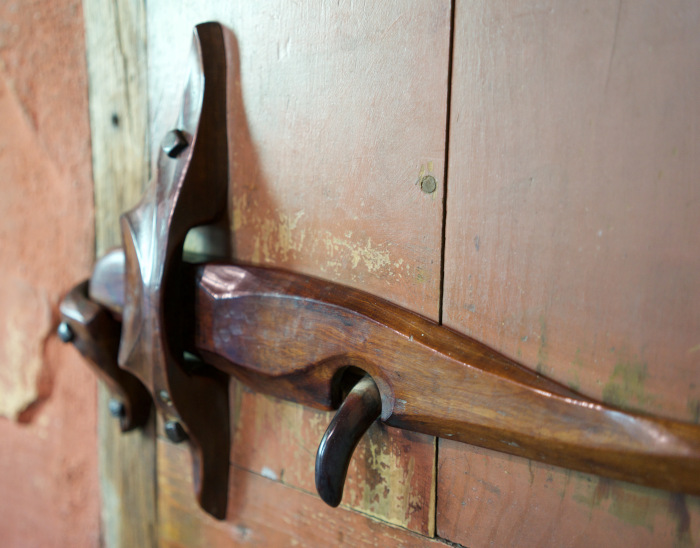
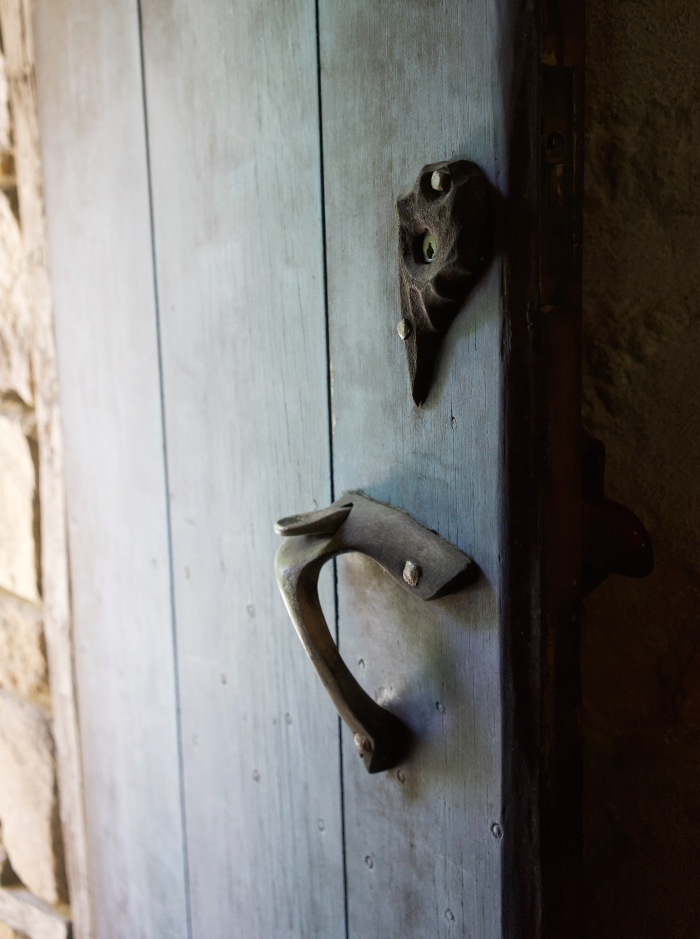
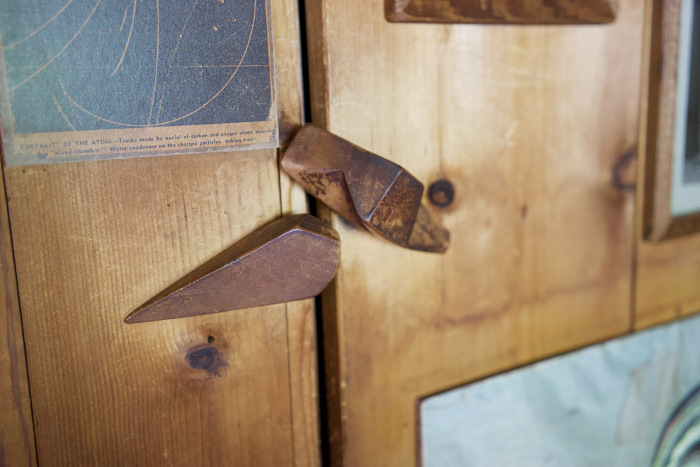
Light plates
Much like the latches, Esherick’s gentle swap plates are so utilitarian you might miss them in case you aren’t trying carefully. Each gentle swap has a singular, hand-carved picket plate surrounding it. Some have patterns, others are extra natural in form.
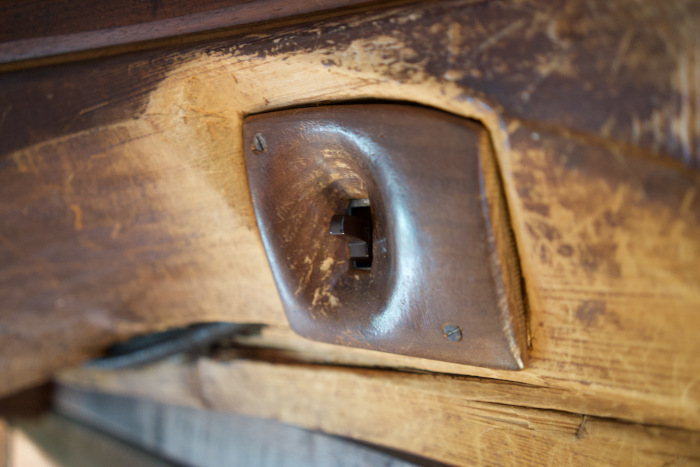
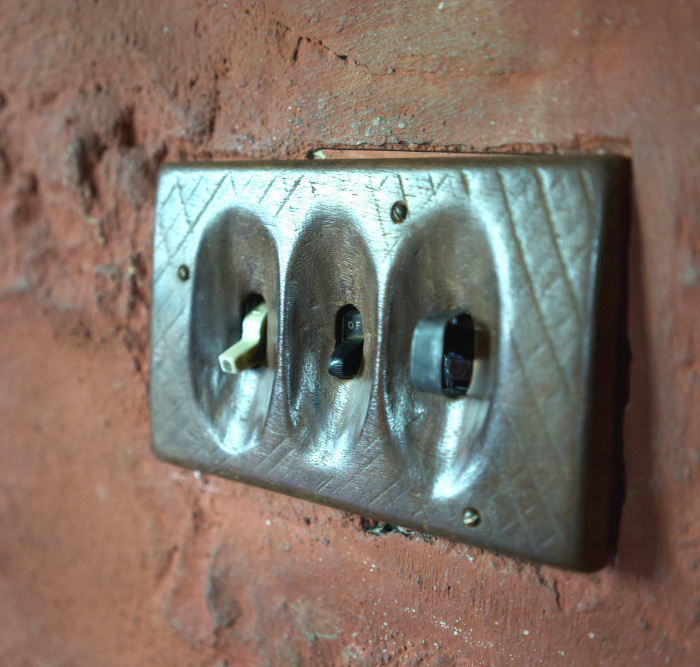
Shallow drawers
Shifting into furnishings details, allow us to admire the practicality and genius of Esherick’s drawer design. The drawers in virtually each piece are shallow so that you don’t lose garments/gadgets at the backside! What? Why are we not all doing this? Even the deeper drawers in the studio have sides that drop right down to a slim drawer entrance to can help you clearly see what’s inside.
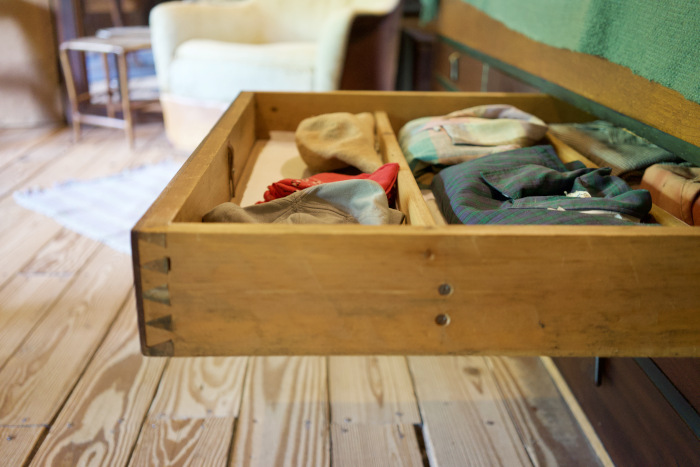
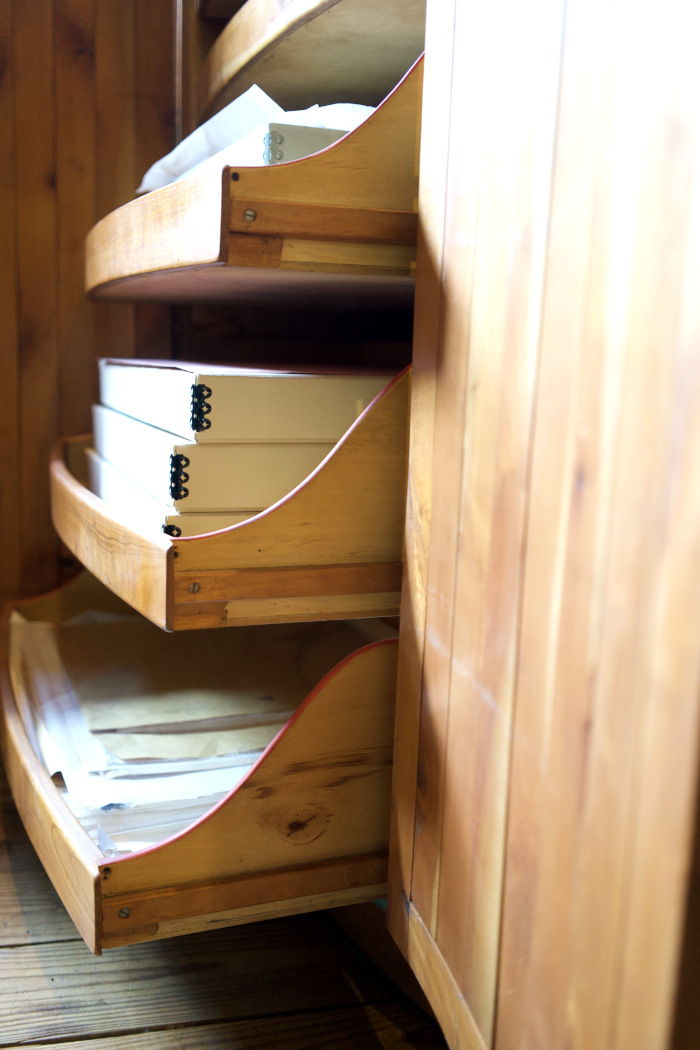
Pops of colour
Esherick started his life and profession as an artist finding out impressionist portray at the Pennsylvania Academy of the Fine Arts (PAFA). He was a talented painter however he received his fingers on gouges and wooden and it wasn’t lengthy earlier than he adopted wooden as his medium. The shift was profound, so the studio is primarily crammed with picket objects with just some work right here and there. However, in case you look carefully, you’ll discover pops of painted colour in enjoyable locations. For occasion, the tongues of the tongue-and-groove door panels in his Cabinet Desk are painted a shiny and cheerful blue. Inside the cupboards of Esherick’s kitchen, you’ll discover the inside partitions and cabinets are a shiny inexperienced.
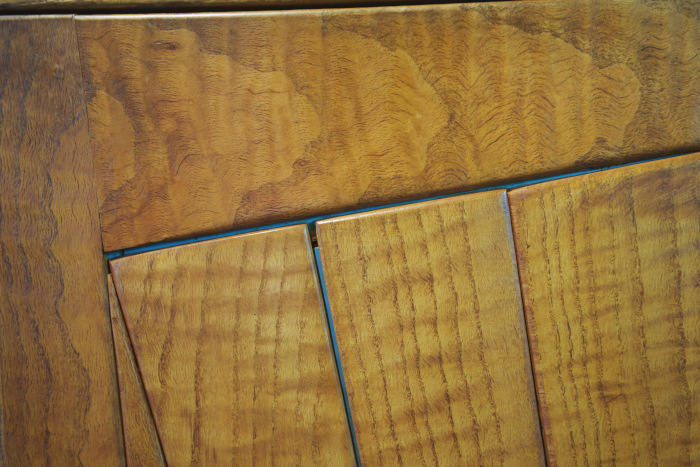
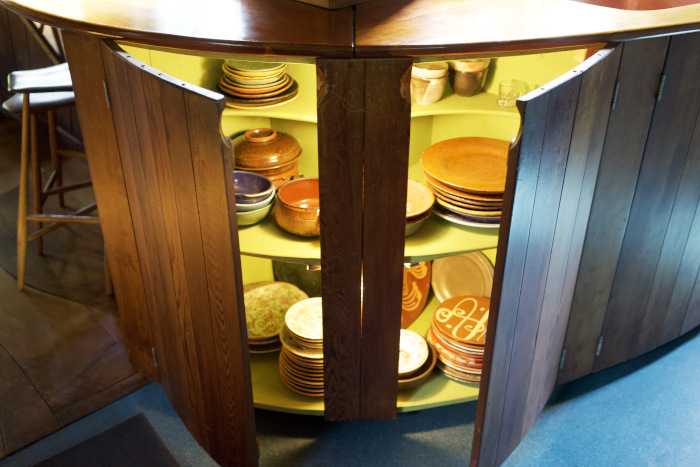
Just a number of refined details give us a glimpse into Esherick’s work and thoughts. I may fill a e-book with the lesser-noticed details inside Wharton Esherick’s studio. I respect his talent and creative voice however, much more so, that he was an individual who constructed his environment and the issues he used on daily basis simply as he needed them with out holding again on the enjoyable!
The Wharton Esherick Museum is open to the public for guided excursions however guests should make advance reservations to enter the atudio. Visit www.whartonesherickmuseum.org for extra data or to e-book a tour!
Sign up for eletters at present and get the newest strategies and how-to from Fine Woodworking, plus particular provides.












